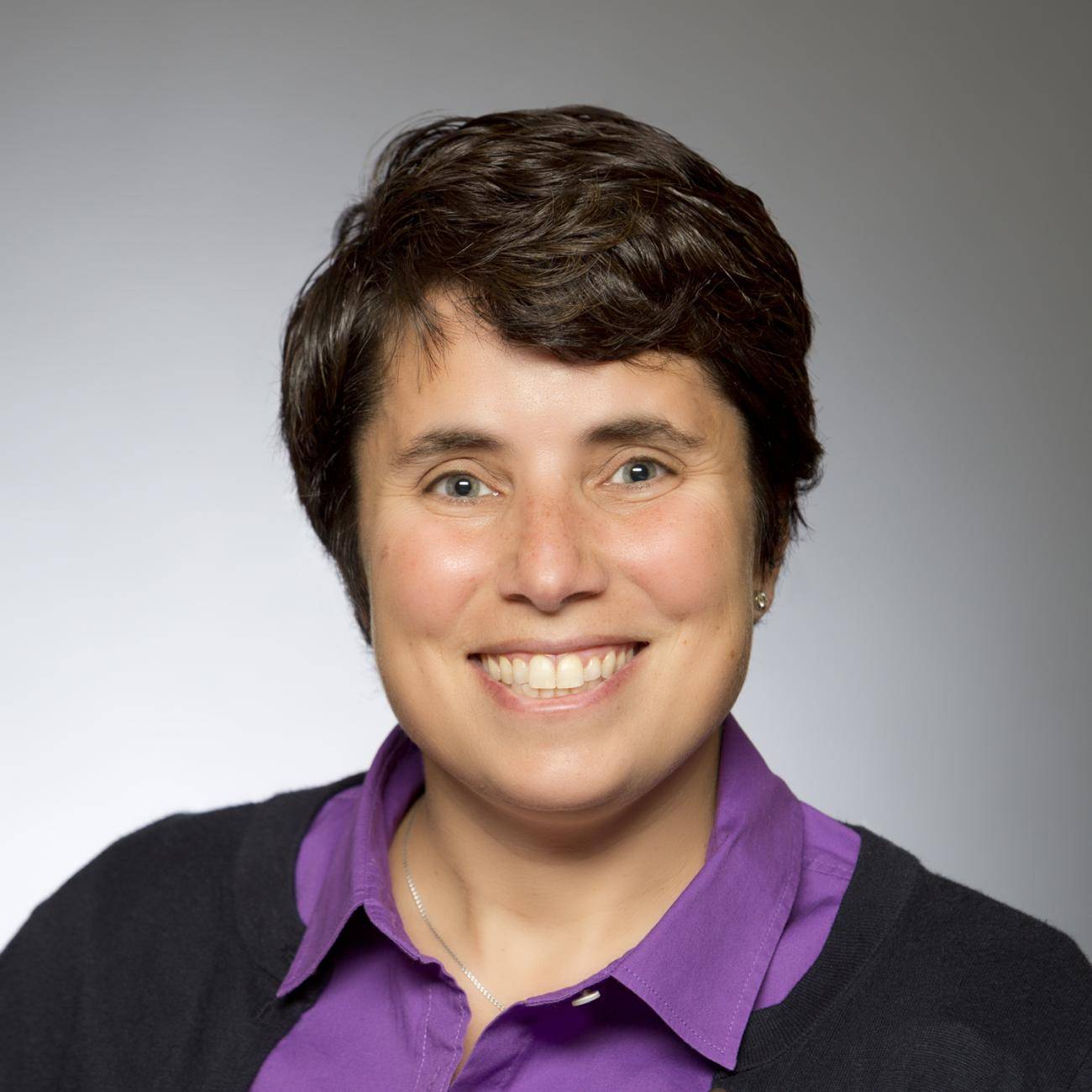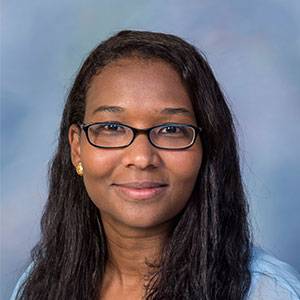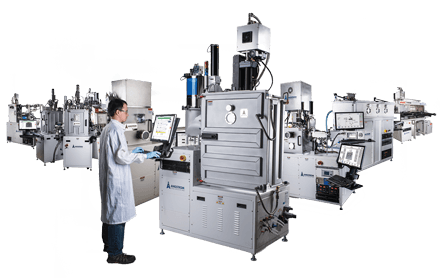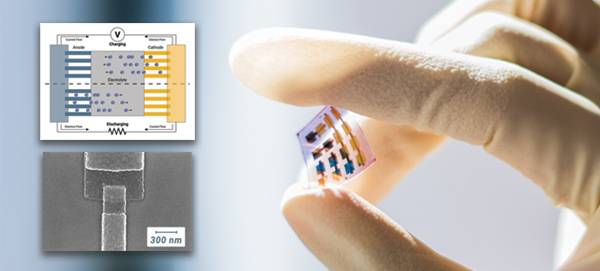A world of women in science – March 2021
This list is not exhaustive, but these 8 individuals represent a cross-section of incredibly talented and productive scientists from all over the world who lead their teams towards a better technological future. We have partnered with each of them in order to help them achieve their goals.

Professor Anupama B. Kaul | University of North Texas
Professor Kaul leads an interdisciplinary research group who strive to understand the unique properties of nanoscale materials. Learn More Here.

Cherie Kagan | University of Pennsylvania
Kagan and her group’s research interests are in the chemical and physical properties of nanostructured and organic materials and in integrating these materials in electronic, optoelectronic, optical, thermoelectric and bioelectronic devices.1 Learn More Here.

Eilaf Egap | Rice University
Utilizing tools from synthetic organic chemistry, polymer chemistry, and biomedical engineering, Egap and her group work towards breakthroughs in both next-generation medical tools and renewable energy advancements. Learn More Here.

Ming Lee Tang | UC Riverside
Quantum dots, photonic upconversion with nanocrystals, and singlet fission materials. Dr. Tang and her group are making the future bright by uncovering photovoltaic mysteries. Learn More Here.

Katherine Mirica | Dartmouth
The research in the Mirica Group focuses on addressing global challenges in healthcare and environmental stewardship through innovations in Materials Chemistry, focusing on low-power, portable, affordable, easy-to-use electronic sensing devices. Learn More Here.

Stephanie Lee | Stevens Institute of Technology
“At the intersection of chemical engineering, materials science, and physics, my group is engineering strategies to guide the assembly of molecules during film deposition in order to optimize these materials for efficient light energy harvesting.” Learn More Here.

Jennifer Dionne | Stanford University
Jennifer Dionne and her team “imagine a world where diseases like cancer, Alzheimer’s and tuberculosis are detected and cured with light; where solar cells provide abundant clean energy; and where cell phones compute at the speed of light. We then strive to make that future a reality through development of new nanophotonic materials, methods, and devices.” Learn More Here.

Jennifer Chen | York University
Chen’s group creates thin-film optical sensor devices for high-throughput screening of drug candidates, proteins, and other compounds for security, biomedical, and environmental applications. Learn More Here.






